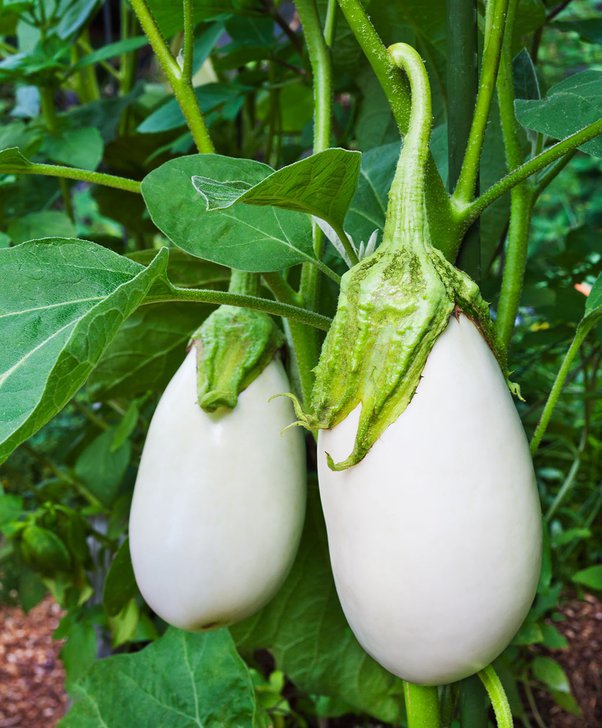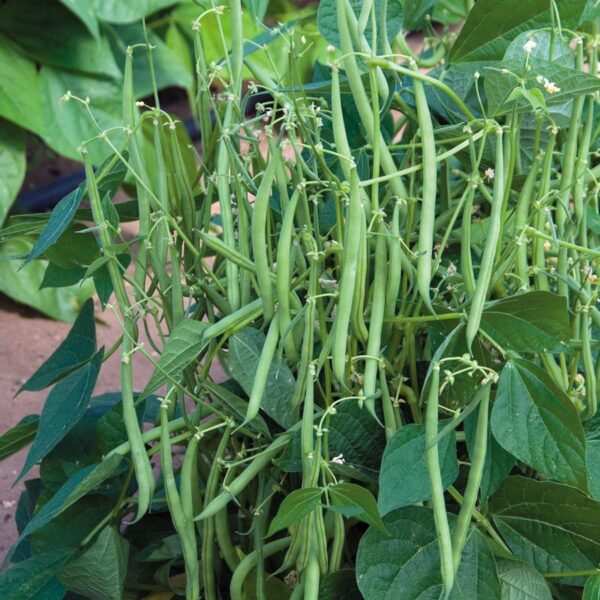Growing Method
Seed Preparation and Sowing: Seeds are sown in seedbeds or trays with a mixture of soil, sand, and compost. Seedlings are transplanted to a mites. These can be managed with appropriate pesticides or organic methods like neem oil sprays.
Diseases such as bacterial wilt, powdery mildew, and fungal infections need to be managed through crop rotation, proper spacing, and fungicidal treatments.
Harvesting and Yield
Maturity: White egg brinjal is typically ready for harvest 70-85 days after transplanting.
Harvesting: The fruits should be harvested when they are firm and fully developed but before the seeds harden. Regular harvesting promotes continuous fruit production.
Yield: The average yield can vary based on growing conditions, but good management practices can result in a yield of 20-25 tons per hectare.
Culinary Uses Traditional Dishes: In India, white egg brinjal can be used in a variety of dishes such as curries, stir-fries, and bharta (a mashed brinjal dish). Modern Uses: They are also increasingly used in contemporary recipes, including grilled or roasted preparations, stuffed eggplant, and in salads due to their appealing appearance and mild flavor.
Nutritional Value Vitamins and Minerals: White egg brinjal is a good source of dietary fiber, vitamins (particularly B vitamins), and minerals like potassium and magnesium.
Antioxidants: Like other eggplant varieties, it contains antioxidants such as nasunin, which helps protect cells from damage.
| Weight | 10 g |
|---|







Reviews
There are no reviews yet.